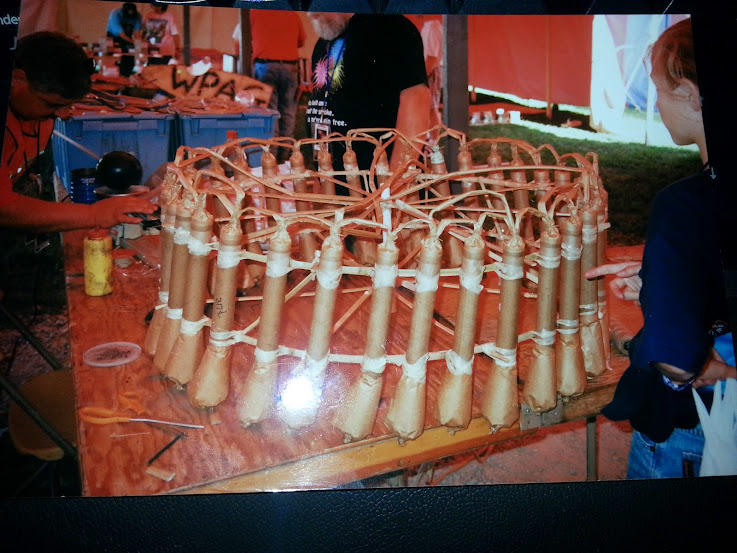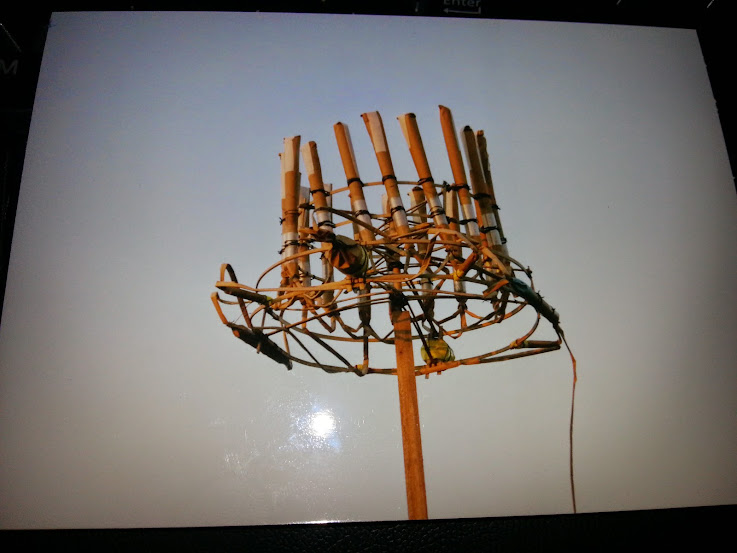Kirk G
Well-Known Member
- Joined
- Jan 9, 2012
- Messages
- 1,326
- Reaction score
- 1
https://sploid.gizmodo.com/these-are-the-coolest-amateur-rockets-ive-ever-seen-1594656055/+jesusdiaz
You've got to see these to believe them.
Is it possible to scale these down or back so that we could fly one at a club launch?
Has it been tried before? Or have they been banned in the USA or by NAR?
I'm told they are called Girandolas. and that they are launched as part of a festival in northern Thailand that celebrates the end of the dry season and welcomes the rainy season. Does anyone know more?
You've got to see these to believe them.
Is it possible to scale these down or back so that we could fly one at a club launch?
Has it been tried before? Or have they been banned in the USA or by NAR?
I'm told they are called Girandolas. and that they are launched as part of a festival in northern Thailand that celebrates the end of the dry season and welcomes the rainy season. Does anyone know more?






